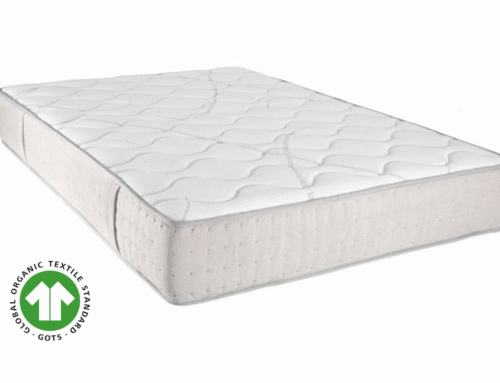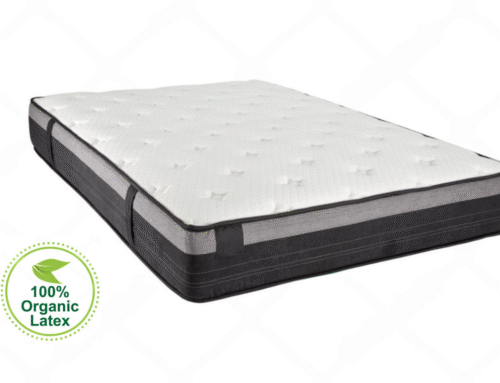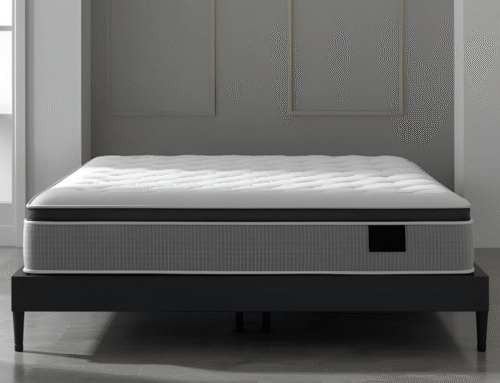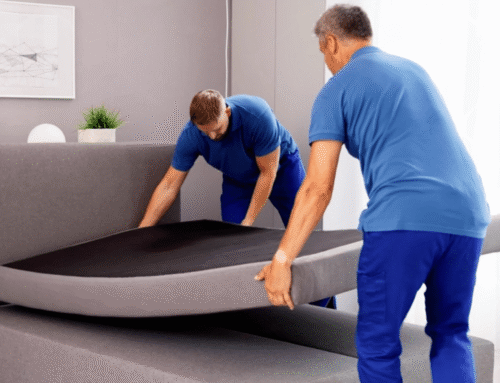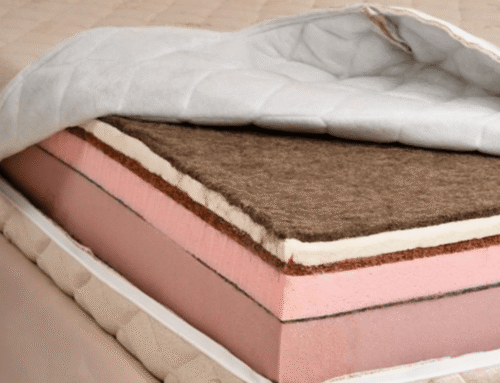Latex mattresses are great for sleepers who want comfort, support, and healthier sleep. Latex’s very nature is that it will feel soft but resilient at its core, providing that pressure relief to firmness balance many people enjoy. The attraction is usually caused by how incredibly durable the beds are as compared to standard foam alternatives, including the characteristics of a latex mattress, its feel, the difference between foam and latex, and the difference between latex and memory foam.
Natural latex is derived from the sap of the rubber tree, providing it with an environmentally friendly advantage as well as a history of durability. Synthetic latex, on the other hand, is created from petrochemicals that reduce the expense but often not the same level of breathability and durability. Some incorporate both for the sake of cost versus quality, yet the texture can be different.
It’s better to understand the kind of latex used, though, both for comfort and values. A person looking for a greener way of life may be interested in natural latex, whereas another will go for a hybrid one due to cost concerns. Let’s simplify the various materials in latex mattresses and what they actually stand for your sleep.
Key Takeaways
- Latex mattresses combine comfort, support, and resilience, providing long-lasting pressure relief without losing their bounce.
- Natural latex comes from rubber tree sap, making it both eco-friendly and durable. Synthetic latex costs less but tends to be less breathable and durable.
- Organic latex stands out for being chemical-free, hypoallergenic, and temperature-regulating, offering a cleaner, healthier night’s sleep.
- Talalay latex feels soft and buoyant for plush comfort, while Dunlop latex is denser and firmer, providing strong support. Many mattresses blend both types for balanced performance.
- A high-quality natural latex mattress can last 15 to 20 years, resist sagging, and stay allergen-free, making it a smart, sustainable investment in your sleep.
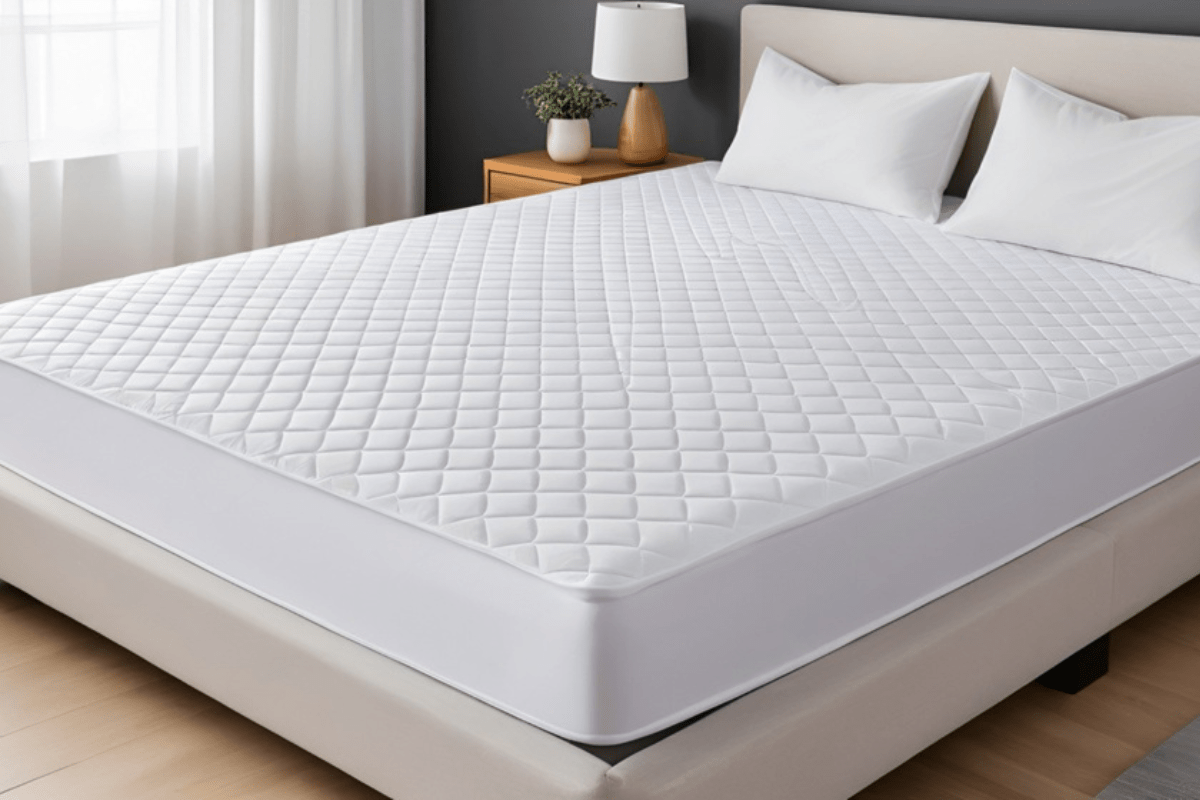
Natural Vs. Synthetic Latex
Natural latex is made from the sap of rubber trees, and it is tapped without harming the tree. It becomes a springy, resilient, supportive foam after processing. Its longevity and the fact that it is more environmentally friendly than other materials have made it the choice for many. Synthetic latex, on the other hand, is made using petroleum products. It is made to feel the same as natural latex but usually does not provide the same breathability and durability. Some people notice that it is more prone to trapping heat and smelling stronger when new, which can be frustrating.
In general, natural latex will be chosen by people who value sustainability and comfort, while synthetic latex is the choice of those who are cost-sensitive. Both can provide similar comfort but natural latex lasts longer and a cleaner and more sustainable option.
Organic Latex Mattresses
An organic latex mattress is a cleaner way to sleep because it is produced without harmful chemicals and is usually certified by standards like GOLS. Most people prefer to know that not only is their bed safe for them but that it’s also eco-friendly compared to traditional options.
Aside from latex, these mattresses typically use layers of wool and organic cotton. These natural fibers, which breathe easily, help regulate temperature, so the sleeping surface is comfortable in different seasons. They also introduce a less irritating, fresher atmosphere, which might benefit those who have skin sensitivities.
Many sleepers also say that organic latex is supportive but also soft enough to adjust to many different sleeping positions. In contrast to chemically treated foams, such material is less prone to losing durability in the course of years.
Latex Mattress Layers
A typical latex mattress is built with layers that work together for support and comfort. Most prefer the comfort layer, usually created with Talalay latex, which gives a soft cushion and helps release pressure on areas like the shoulders, hips, and back.
Other models have a foundation layer that utilizes firm latex or support foam, giving the mattress added durability. Breathable cover that often consists of organic cotton or wool adds to the combination as it regulates heat and absorbs moisture for a cooler sleeping experience. These layers together create a combination of comfort, support, and breathability that many users find constant for quality sleep, including adjustments for thickness, added softness, and custom cuts.
- Comfort layer – Talalay latex cushions the body and alleviates pressure points on shoulders, hips, and back.
- Support layer – Dunlop latex provides structure, alignment, and resilience.
- Base layer – Extra firm latex or foam adds stability and life expectancy.
- Cover – Organic cotton or wool keeps airflow consistent and draws off moisture.
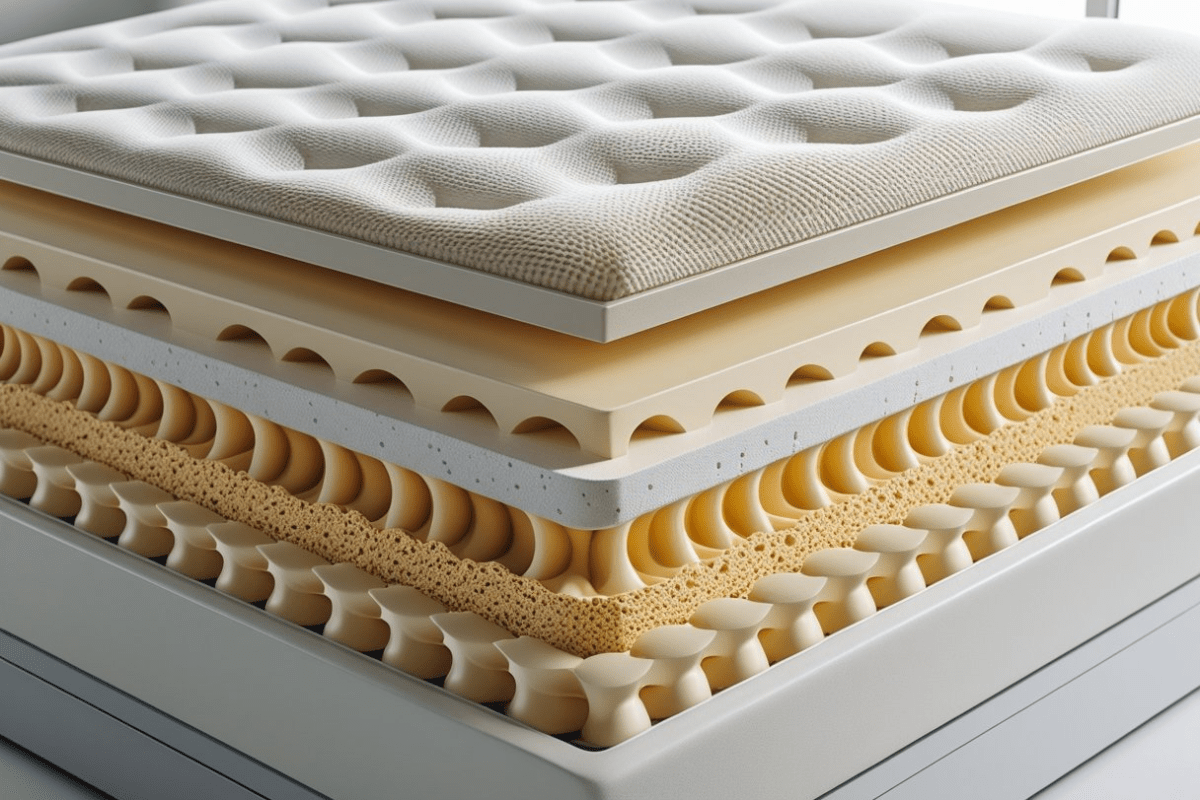
Talalay Latex Vs. Dunlop Latex
Talalay latex is lighter and more buoyant, and it feels soft and cushion-like to many. It seems to suit those requiring gentle pressure relief with a touch of spring, so it’s usually used in the top layers of mattresses for that extra plushness. Some like that it feels more breathable than other foams.
Dunlop latex, however, is more dense and rigid. It provides firm support, which is a favorite for the base or core of a mattress. Due to its structure and durability, it can withstand long-term use without decomposing as rapidly as soft foams.
Most mattresses combine the two, employing Dunlop in the bottom for support and Talalay on top for cushioning. This combination gives the sleeper a cushioned area to sleep in without sacrificing the support of a steady base. The blend is balanced to suit a broad spectrum of sleeping styles and body types.
Latex Mattress Construction
Latex mattresses are usually two basic constructions. An all-latex mattress consists of layers composed wholly of latex, offering even support and enduring durability. Sleepers find a firm but responsive feel that lasts, including the weight of a latex mattress. Hybrid latex mattresses pair latex with pocketed coils or other supporting materials. This will introduce a lively bounce and promote the flow of air, which can dissipate heat built up throughout the night. The mix balances support and a slightly softer feel in specific areas.
Between both, it’s all about comfort and spinal support. Latex contours to body shapes while remaining cool, making it suitable for sensitive individuals who overheat. Overall, the build focuses on support and ventilation, with an aim to ensure a comfortable sleeping experience.
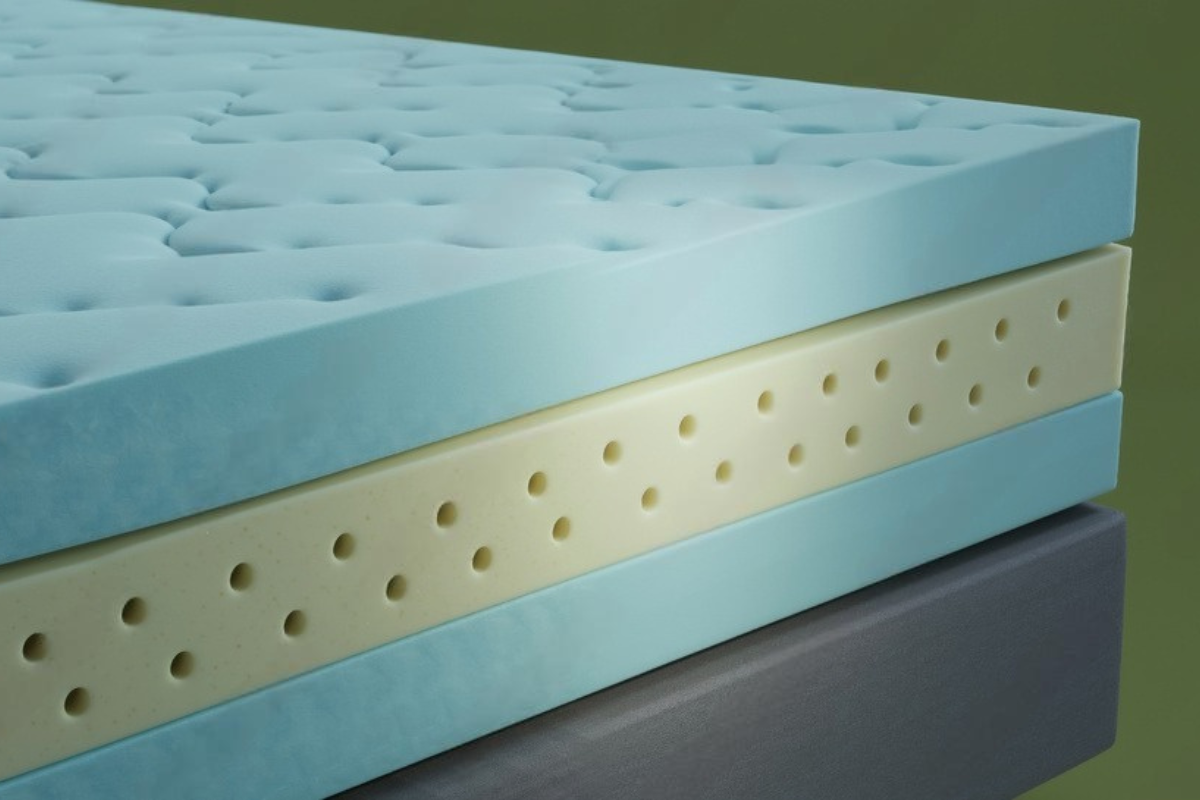
Latex Mattress Benefits
Why buy a latex mattress? Latex mattresses are more expensive for their longevity, as so many consumers report they last much, much longer than other types of foam or springs. Under good care, they can easily last more than a decade without losing their shape, and thus feel like a worthwhile investment. The durability also retains comfort night after night.
One of the advantages is the support they give, particularly to individuals suffering from back or joint discomfort. Latex will contour enough to take pressure off but maintain the spine in its correct position. Most also rate the surface as breathable, thus minimizing the heat generated while resting.
Sleepers who are health-conscious prefer latex due to its natural attributes. Latex is resistant to dust mites, mold, and usual allergens, which makes it favorable for sensitive homes. Natural latex also comes from rubber trees, so it is renewable and biodegradable. As these mattresses are constructed with less chemical use, they tend to sidestep the overwhelming “new mattress scent” some other styles emit.
Sustainable Mattress Materials
Eco-friendly mattress types usually come in natural latex, organic cotton, and wool, which are all valued for being environmentally friendly. They cut down on synthetic foam dependency and minimize the use of harmful chemicals. The majority of sleepers report there is more breathability and comfort than with ordinary mattresses.
Natural latex comes from rubber trees tapped for decades without felling them, giving perennial yield without turning to deforestation. Organic cotton and wool are harvested and processed without toxic pesticides, having less impact on the environment. All of these materials combined provide a mattress with comfort without polluting the environment.
These materials are biodegradable and renewable so they degrade naturally at the end of their life cycle, minimizing landfill waste. Mattresses produced with such materials have a longer shelf life, being durable and sustainable. The use of such materials encourages maintenance of a cleaner, less dirty environment without any compromise in comfort.
Latex Mattress Durability
The remarkable lifespan of a latex mattress also comes with considerations for care and maintenance, including odor issues, such as the longevity and getting rid of its smell. Latex mattresses have a remarkable lifespan. A well-made natural latex mattress will easily last 15 to 20 years, while the lifespan of common foam or spring mattresses is vastly surpassed. Its durability maintains the supportiveness of the mattress over the years without creating significant sagging.
This longevity brings actual value for a slightly higher up-front cost. There are fewer replacement costs than with traditional mattresses, and the even support ensures that sleepers don’t experience dips or bumps developing. It’s a sound option for those who value long-term use.
The longer lifespan also adds to general comfort over the years. In contrast to mattresses that go flat in a few years, latex retains its bounce and shape and supports the body consistently. Longevity combined with consistent support makes it a sensible and reliable choice.
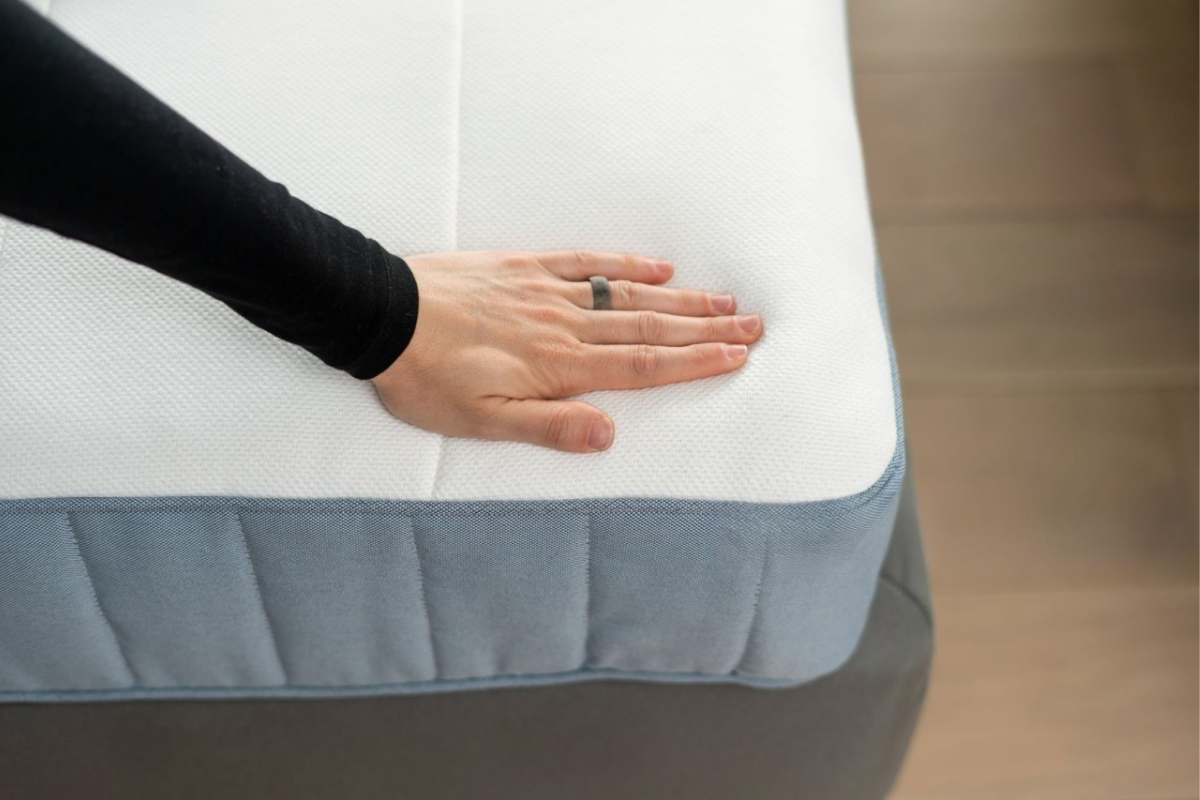
Is A Latex Mattress Right For You?
Latex mattresses provide a natural, long-lasting sleeping surface that resists loss of comfort over years. The material is highly responsive and able to support various sleeping positions without sag. Numerous people value that latex is also breathable, ensuring one sleeps in a cooler environment. Along with enjoying these benefits, proper care is essential, including storing, moving, and cleaning it.
For those who like the slow hugging sensation of memory foam, latex can be springy and less body contouring. The bounce may take some acclimation, particularly for side sleepers who like deeper pressure relief. Individual preference dictates largely how pleasing the mattress is.
It can be pricey, as natural latex is often more costly than synthetic. Synthetic alternatives are less expensive but tend to wear out sooner and do not have the same environmentally friendly advantages. Latex overall provides supporting, durable, and aerated comfort for consumers looking for an enduring mattress.
Final Thoughts
Latex mattresses are made of natural, synthetic, or organic latex, piled up to offer comfort and support. Talalay latex is softer and buoyant in feel, and Dunlop latex provides a harder, denser support. Each of the latices adds to the feel and longevity of the mattress.
Most latex mattresses include hypoallergenic and environmentally friendly features, minimizing exposure to dust mites and chemicals. The sustainable usage of materials also attracts those who take a precedence for green options, providing a healthier sleeping space.
Knowledge of the substances used in a latex mattress provides a better means to make an educated choice, positioning comfort desires with real value. Slumber quality improves from both the supportive structure and the assurance of knowing the mattress is made from cleaner, more durable materials.

